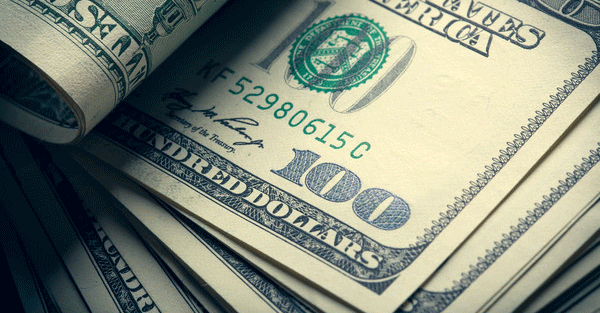[Editor’s note: Tim Price, London-based wealth manager and frequent Sovereign Man contributor, is filling in while Simon is en route to Europe.]
As human beings it’s in our nature to seek out a great deal.
Whether we bag a steep discount on a new car, or stumble across that hidden gem of extraordinarily cheap airfare, we love the feeling that we’re getting a lot for our money.
If you’ve ever found a $20 (or 20 pound) note in an old jacket pocket, you know that feeling well.
But what’s really incredible is that this instinct to seek value rarely applies to investing.
Most investors will follow the rest of the crowd and buy extremely expensive stocks.
We invest when share prices are going up… AFTER the companies have become popular and more expensive.
What’s even more bizarre about this behavior is that there are so many obvious examples of how well value investing can work.
In fact, some of the most successful investors in the world (like Warren Buffett) have made nearly incalculable fortunes by focusing on value.
And many of them have been vocal in trying to educate the public of the virtues of value investing.
Yet as human beings, we are hard wired to stick to the crowd. We are, after all, highly social creatures.
So since most investors tend to prefer owning ultra-popular, expensive companies, it’s quite difficult to break away from the crowd and own something unpopular.
Not to mention, it can take months, even years for the price to measurably appreciate.
So it’s even more difficult to maintain discipline and wait patiently on a company that has a depressed stock price.
The ethos of value investing is simple: buy high quality businesses managed by competent people of integrity at valuations that are as low as possible.
And the longer-term results of this mindset are compelling. Just look–
In his book What Works on Wall Street, author James O’Shaughnessy compares the returns of two different investment strategies: value versus ‘anti-value’.
O’Shaughnessy reviewed historical data to determine how much money you would have made had you invested $10,000 in the 50 ‘most expensive’ vs. the 50 ‘least expensive’ US stocks over a period of five decades.
He calculated most vs. least expensive based on the companies’ Price/Book and Price/Earnings ratios.
Price/Book ratio tells us how much a company is valued in the stock market relative to the value of its net assets, or it’s ‘net worth’.
Price/Earnings tells us the same relative to the company’s profits.
For example, with a stock price of $71, pharmaceuticals giant Bristol-Myers Squibb is valued by the US stock market at roughly $120 billion.
It has net assets of $32 billion and net income of $1.5 billion. Thus, BMS has a Price/Book ratio of 3.75, and a Price/Earnings ratio of 80.
These are both high.
While it’s not such a robotic calculation, value investors seek companies ideally with Price/Book ratios of 1 (or less), and Price/Earnings ratios in the low single digits.
The bottom line? Had you invested $10,000 in the most expensive companies, you would ultimately have ended up with as much as $793,558 after 53 years.
That sounds impressive, until you realize what you could have earned by buying the LEAST expensive companies: over $22 million.
This data is extraordinary and shows that value investing works… as long as you have the discipline to be independent from the crowd.








